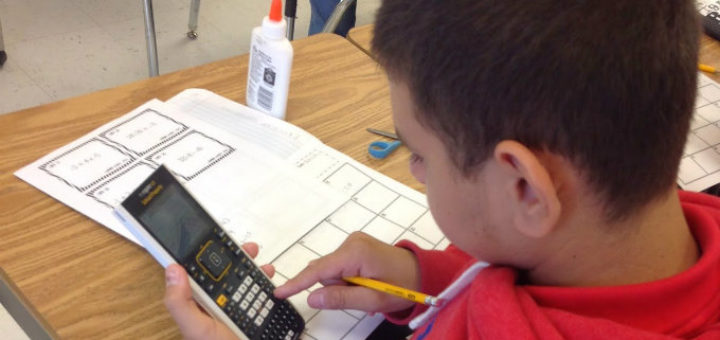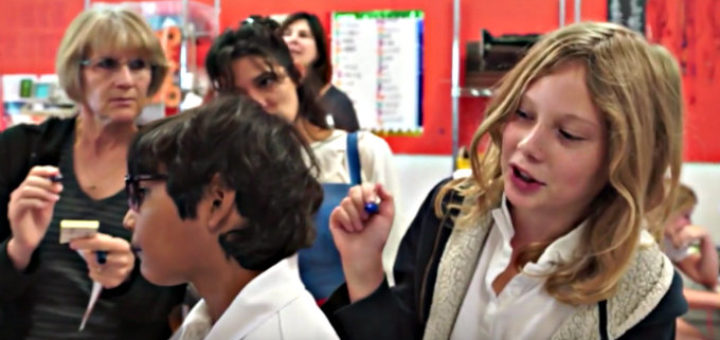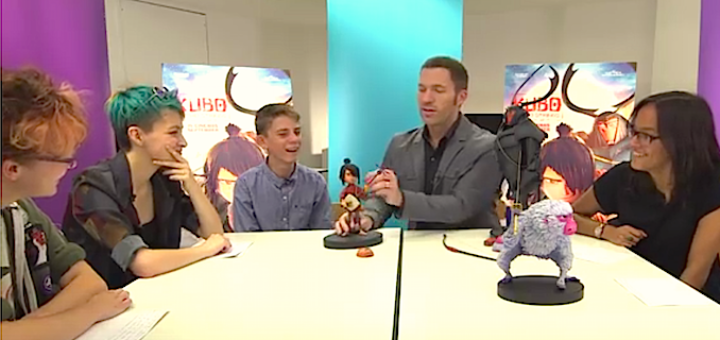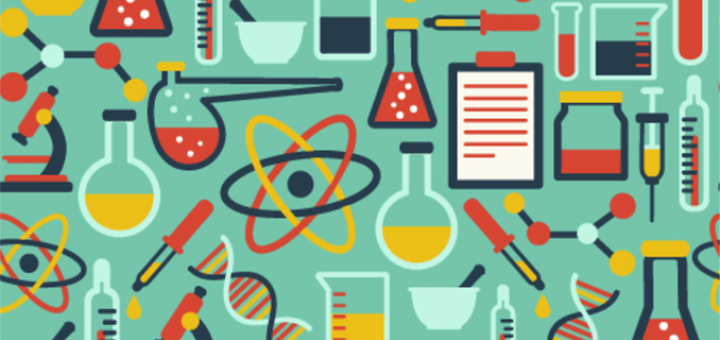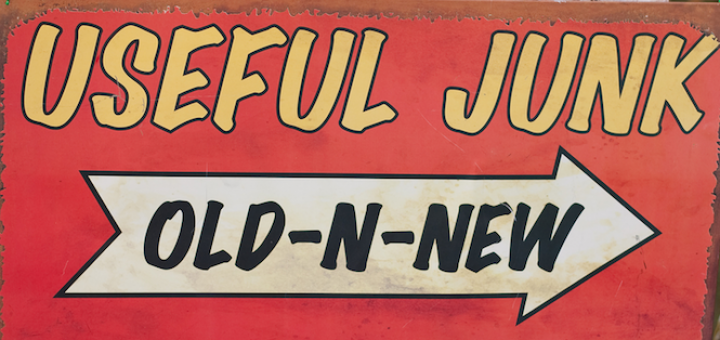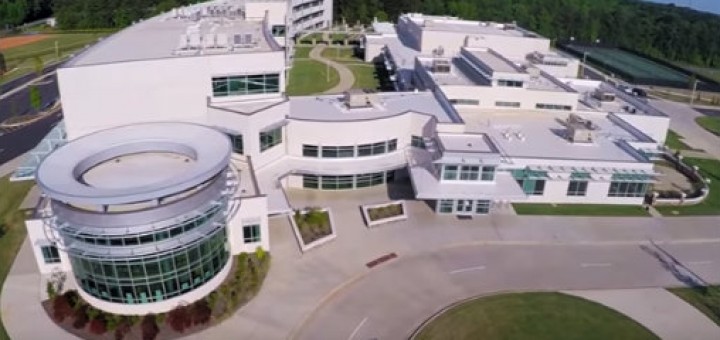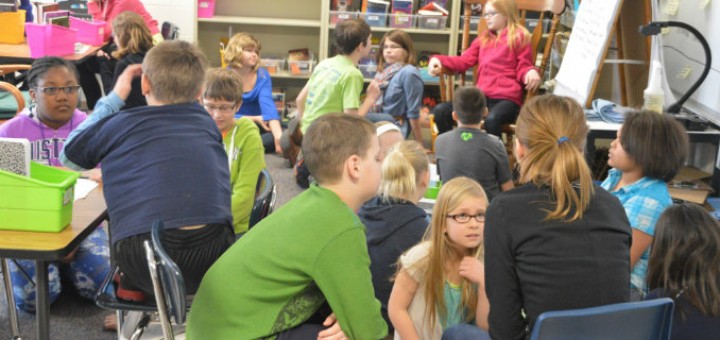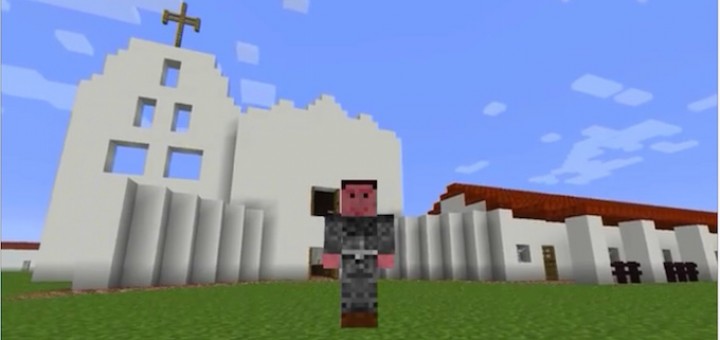Are Students Too Hooked on Calculators?
Math teacher Michelle Russell is rethinking her open-use policy toward calculators in her classroom. Is ready access hindering students’ grasp of the fundamentals? She’s decided to be more intentional about timing and helping her students recognize reasonable answers.

